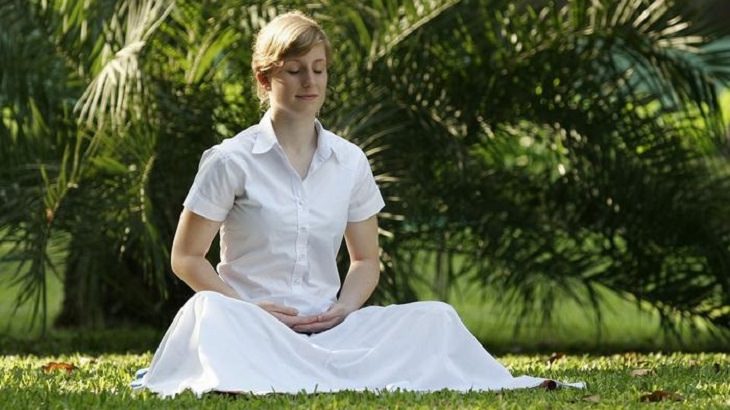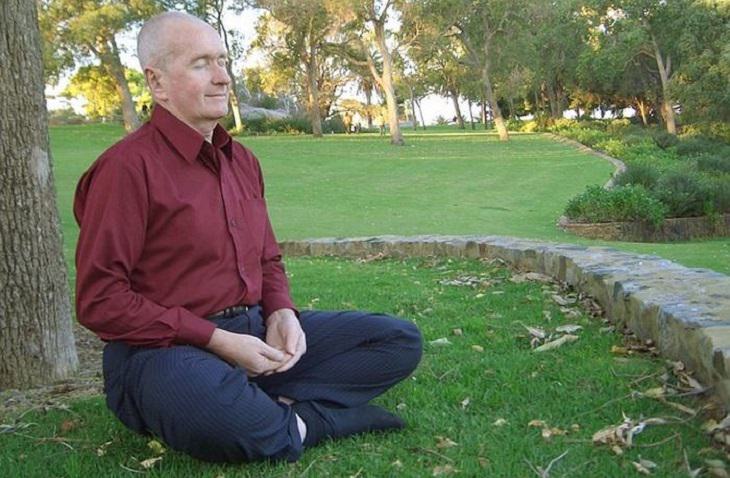

What is meditation
The Webster dictionary defines meditation as “the act or process of spending time in quiet thought: the act or process of meditating”. Many people meditate without even knowing that they’re doing it. A person sitting and fishing for a few hours in silence is performing a type of meditation, the same as another who might be jogging with their headphones on. It involves dedicating 100% of your attention to one subject. Meditation has also been a key factor in Eastern religions such as Buddhism and Hinduism, as well as Western religions like Christianity and Judaism.
Health benefits of meditating
Meditation has many proven health benefits, such as silencing your internal chatter, calming and grounding one’s self, and getting in touch with yourself, to name a few. A recent Harvard University study discovered that daily meditation can rebuild the brain’s gray matter in as little as eight weeks. Participants also reported a reduction in stress - a prime factor in the decrease in gray matter density.

Before you start meditating
The first thing you need to do is decide on the purpose of your meditation: You may want to calm down, get to know yourself better or even make an important business decision. Knowing why you’re meditating is the first step to a useful meditation. You don’t need special clothes (but comfortable ones make it easier) or equipment. All you need is a quiet spot and to reserve some time for it.
When you begin your meditation, don’t lay down or sit in a slumped position – these positions do not help you stay alert and focused. Sit up straight, either on a chair, on your heels or cross-legged. Find the position that is comfortable for you, sitting in the lotus position is not mandatory in meditation.
Don’t meditate after eating, digestion can be very distracting during a session. If you've just had a meal, wait for 2 hours and let your stomach calm down. You should avoid smoking for at least 30 minutes before the meditation.

How to meditate
Do some basic stretching before you start, it will loosen up your muscles and help you be more attentive to your body later on.
Breathing is the most important factor in meditation, we use each breath as a focal point. Close your eyes and deeply inhale through your nose, then slowly exhale through your mouth. Feel how your chest expands and contracts with each breath. Listen to the silence between breaths - notice how everything becomes still and quiet. You may even notice your heartbeat slowing down. If your thoughts begin to scatter, concentrate on your breathing.
As a beginner, focusing might not come naturally. Give it time and be patient with yourself. Some people find that focusing on their breathing won’t quiet their minds, and may need to try other methods:
• Counting your breaths may help – count each breath and when you reach ten, start over. However, if you become focused on the numbers and not on the breathing, stop.
• Another alternative is repeating a mantra – there’s a reason some people say “Om” when they meditate – it helps drown out the outside world and focus on the sound. You can repeat any other word that helps you calm down if Om is not for you.
• Try visualizing a calm place – it can be anything: the beach, a forest, your childhood home, etc. as long as it’s your sanctuary. When you find your sanctuary, don’t be afraid to explore it – there's no need to try and “create” your surroundings, they’re already there.

Set aside at least fifteen minutes a day for meditation (more is welcome). Remember: short daily repetitions are better than one long weekly session because they form a habit. Eventually, the practice of meditation will find its way into your everyday life. You’ll find yourself considering your food choices more carefully, making decisions more consciously and focusing on things you read, watch or listen to with greater attention.
One last thing
Learning to silence your inner thoughts takes practice, but managing to attain inner peace is a huge reward. Remember – “practice makes perfect”, so keep meditating regularly. It may take you a few weeks or even a couple of months to learn to properly focus, so don’t get frustrated or disheartened if you’re not a meditation guru overnight.